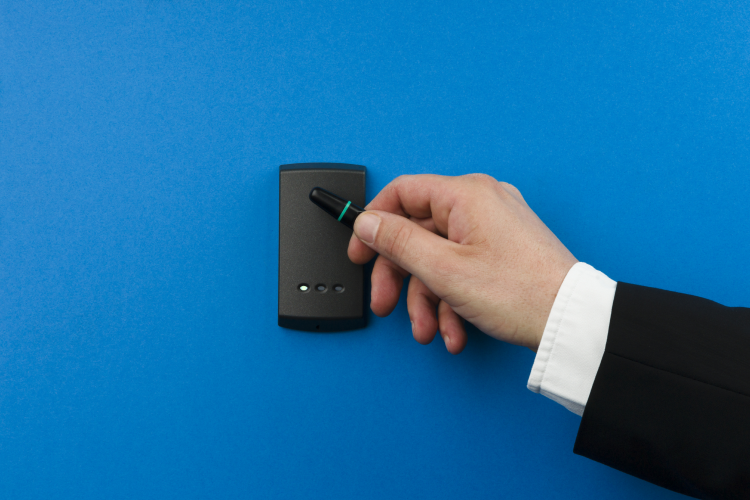
We’ve been publishing a lot of news articles on RFID products this year and although RFID has been around for a while (the first patent was issued in 1973), it is now becoming more and more standard. RFID is mostly used for tracking, timing, inventory management and access control.
In on- and off-street parking, access control and contactless payment is one of the main usages of RFID as every chip has its own unique ID number. RFID is replacing the paper parking tickets as an RFID tag can be placed in a car or in a card. The RFID tag is paired to a specific driver which then allows parking and payment and a link to enforcement and management systems. This way linking e-wallets and credit-cards to a unique, personal chip number facilitate easy payment, as well as fast and easy access capabilities and users can be monitored and permit parking can be managed and monitored in real-time.
How does it work?
RFID works through radio wave frequencies or Ultra High Frequencies (UHF). The waves are a form of energy, passing through a tiny wire circuit. The energy, or electricity, generated by the radio signal in the RFID chip is used as a signal to send replies to a transceiver. The transceiver sends out pulses containing an identifying number and whenever an RFID tag is nearby, the pulse hits an antenna and ‘wakes up’ momentarily. The chip and the receiver check a unique ID number and when there’s a match, the chip transmits its stored information in a radio wave. The transceiver then picks up the signal to complete the transaction.
As the chip is very small, it doesn’t transmit very far, though through different frequencies, the range can be up to 100 meters. This depends on the chip having a power source (active) or not (passive). In parking, tags are usually passive but they can be read from within 25 meters by an active, powered RFID reader. For security purposes, the newer RFID tags send encrypted information, as people with the wrong intensions can intercept signals if they’re nearby.
Why RFID if there’s NFC?
First, the big difference between NFC and RFID is the way the chips communicate. RFID basically is made to just read information and store it to a dedicated system or acknowledge information where NFC has a read/write mode. This makes NFC a P2P (peer to peer) system and that’s where smartphones come into play. Because NFC can transmit more and different data it doesn’t need to transmit that far, as you want to be close to the device or person you transmit your data to. This brings us to the next difference; RFID can transmit information up to 100 meters, whereas NFC reaches up to only 4 inches. That’s the reason why RFID is used more in contactless payment and access in parking garages and buildings and NFC is becoming a standard to pay in stores and share content. So NFC and RFID make a nice combination. Newer credit cards are equipped with NFC for contactless payment and at this point we have about 300 million mobile NFC devices worldwide.
If you would like to know more about RFID in parking applications, you can read on here and here.



